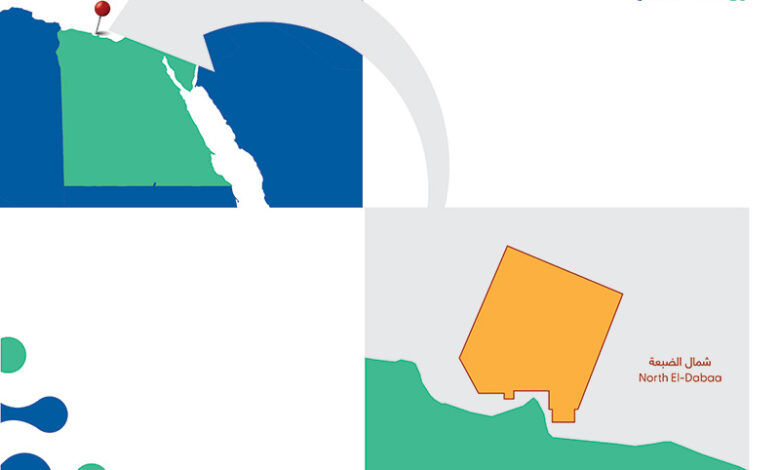QatarEnergy acquires 23% of North El-Dabaa (H4) Block from Chevron

QatarEnergy will acquire a 23% working interest in the Chevron concession agreement for the North El-Dabaa (H4) Block offshore Egypt. Chevron (the operator) will retain a 40% interest. The other partners on the block are Woodside with a 27% interest and Tharwa Petroleum Company, an Egyptian state company, with a 10% interest.
The North El-Dabaa (H4) Block lies about 10 km offshore the Egyptian Mediterranean shore at water depths ranging between 100 and 3,000 m.




